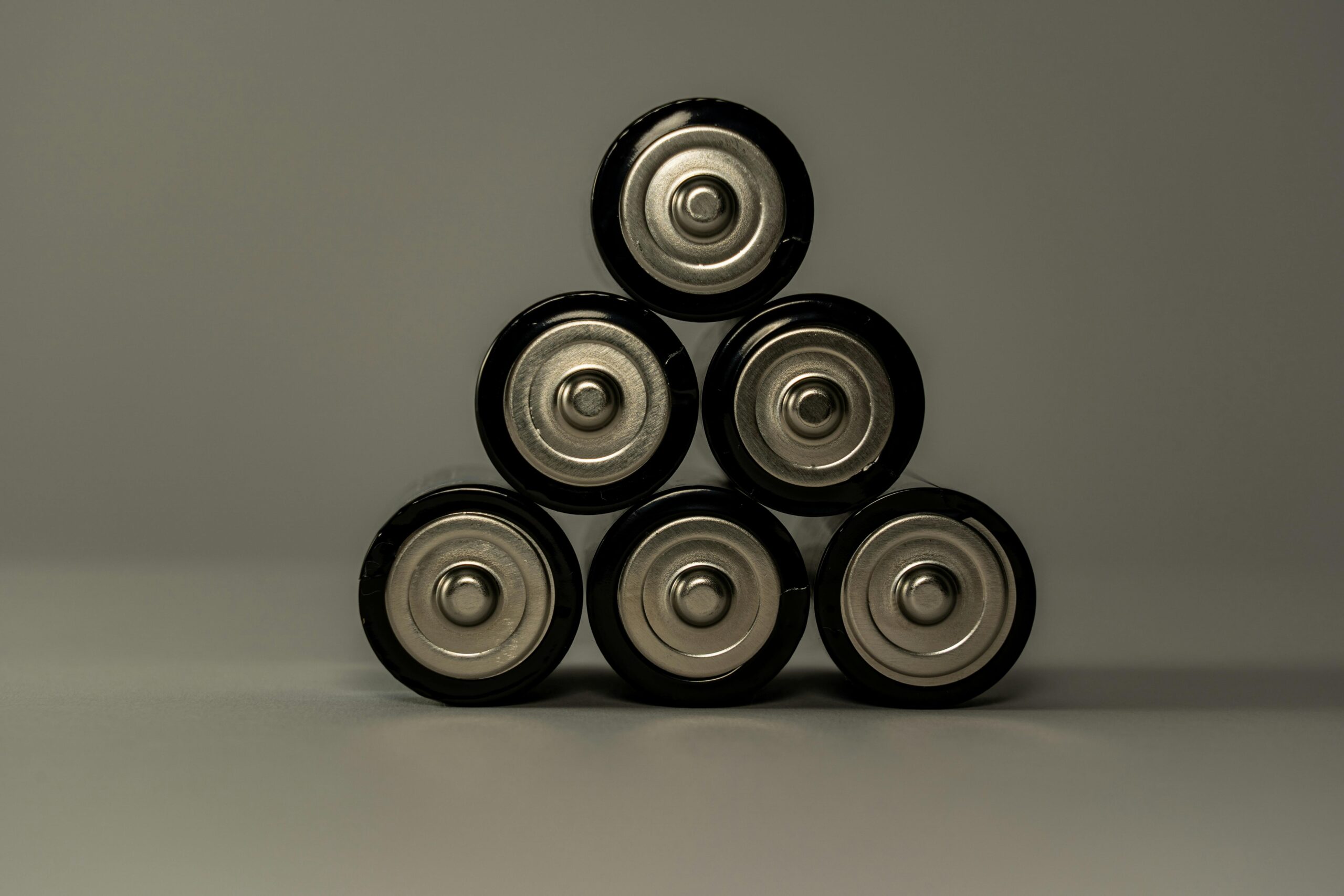To accelerate the transition towards a greener, more sustainable future, the European Union (EU) has recently introduced a groundbreaking regulation targeting electric batteries. Designed to mitigate environmental impact and promote cleaner energy alternatives, 2023/1542 represents a significant milestone in EU lawmaking. Let’s delve into the key components and implications of this landmark regulation.
The EU Commission published the EU New Battery Regulation (EU) 2023/1542 on July 28, 2023, and it went into effect on August 17, 2023. The three goals of the rule are to reduce environmental and social consequences at every stage of the battery life cycle, promote a circular economy, and improve the functioning of the EU internal market (including products, processes, waste batteries, and recycles).
The law lays out standards for market surveillance and conformity assessment procedures and duties for producers, importers, and distributors of batteries and items using batteries. Manufacturers of energy storage systems, EV battery cells, modules, battery packs, and finished goods must closely monitor the legislation.
Addressing Carbon Footprint
Central to the new EU regulation is a stringent requirement to reduce the carbon footprint associated with electric batteries. With the widespread adoption of electric vehicles (EVs) and the growing demand for energy storage solutions, the environmental impact of battery production and disposal has come under intense scrutiny.
The regulation mandates that manufacturers adhere to strict carbon footprint standards throughout the entire lifecycle of electric batteries, from raw material extraction to end-of-life recycling.
By imposing carbon footprint requirements, the EU aims to incentivize the adoption of cleaner production processes, encourage the use of sustainable materials, and minimize the environmental impact of battery manufacturing. This aligns with the EU’s ambitious climate targets and reinforces its commitment to transitioning towards a low-carbon economy.
Promoting Sustainable Practices
At the heart of Regulation 2023/1542 lies a staunch commitment to environmental sustainability. With the pressing realities of climate change and ecological degradation, the EU has been at the forefront of global efforts to combat these challenges.
The new EU Batteries Regulation, which replaces the previous EU Batteries Directive, lays out strict guidelines for the second life of various battery types, including repair, remanufacturing, recycling, and reuse. Many of these are novel and inventive, although some elements are adopted from the present EU Batteries Directive 2006/66 system.
The Fourteen Chapters
Most obligations identify battery makers as crucial stakeholders and set requirements for their legitimate reintroduction into the EU battery market. There are 14 chapters in the new EU Batteries Regulation, covering subjects such as:
Sustainability: Attempting to guarantee that batteries are designed and produced sustainably by imposing specifications on their longevity, performance, and labeling—which may include battery passports and QR codes.
Recycling: The goal is to strengthen battery recycling and collection by setting higher recycling goals and implementing an effective take-back program for used batteries.
Reducing carbon footprint: Promoting the adoption of low-carbon technologies in the production of batteries to help the EU reach carbon neutrality by 2050.
Competitiveness in the European battery market: Building a competitive European battery sector through expansion, innovation, and a reliable supply chain for energy storage systems and electric vehicles.
Extended Producer Responsibility (EPR): Increasing battery manufacturers’ responsibilities by making them answerable for the environmental effects of their goods throughout their entire lifecycle.
Schedule and due dates
Even though the EU Batteries Regulation came into effect in 2023, a few particular requirements will only be applicable during the following few years, with deadlines for each type of battery. One aspect of the EU Batteries Regulation is that the EU Commission will specify many specifics to operationalize the duties through bylaws, so-called Delegated Acts, or Implementing Acts rather than being included in the regulation itself.
The regulation establishes the dates until the Commission must have adopted the bylaws. Ethical and responsible sourcing of battery materials is encouraged by establishing minimal standards for supply chain due diligence disclosures.
Moreover, the regulation encourages investment in research and development initiatives to advance battery technology and enhance energy efficiency. The EU seeks to drive progress towards a cleaner, more sustainable energy future by fostering innovation and promoting the development of more sustainable battery solutions.
Under this regulation, industries adhere to strict emission standards, invest in eco-friendly technologies, and adopt sustainable production processes. It incentivizes the transition towards renewable energy sources, offering subsidies and tax breaks to businesses embracing clean energy initiatives.
By prioritizing environmental sustainability, Regulation 2023/1542 aligns with the EU’s ambitious climate targets and reaffirms its leadership in combating climate change.
Regulation 2023/1542 seeks to foster trust and confidence in the European market, empowering consumers to make informed choices and promoting fair competition.
As the world grapples with the urgent challenges of climate change, initiatives like this underscore the importance of proactive, collaborative efforts to address environmental concerns and promote sustainable development. Setting a precedent for responsible industry practices, the EU is heading towards a more sustainable tomorrow.


